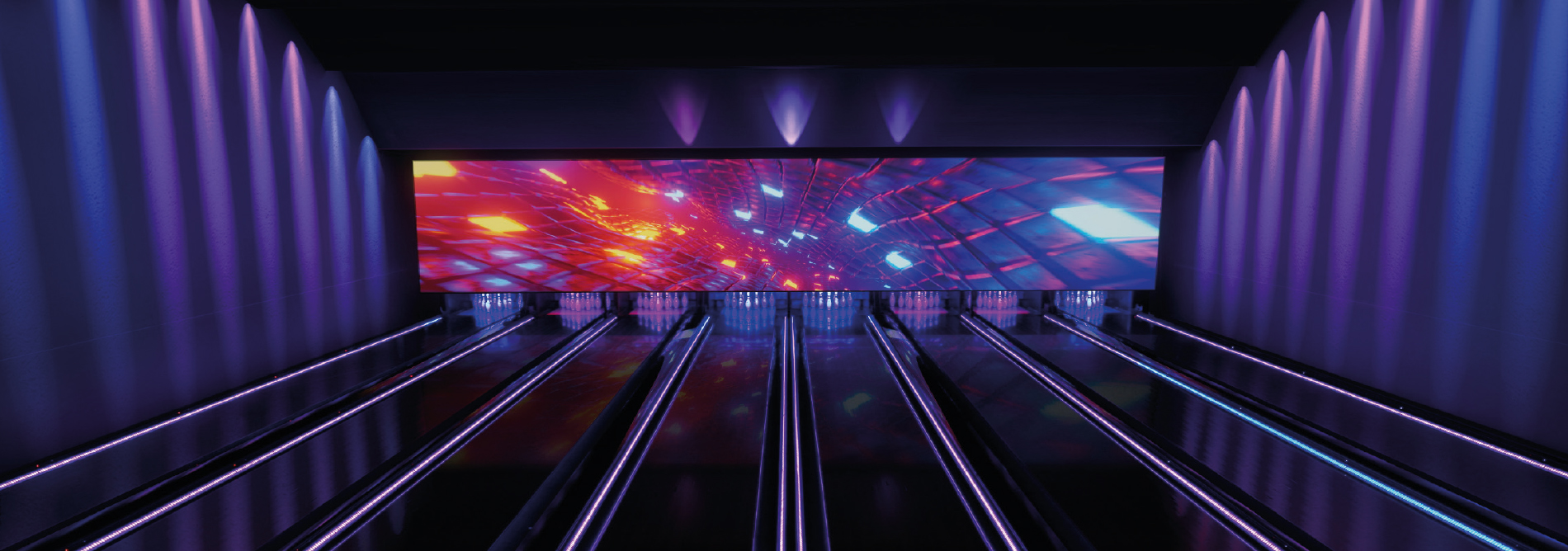The first step in guaranteeing color precision is comprehending how LED systems works. LEDs, or light-producing diodes, produce light in multiple shades by mixing red, green, and blue (RGB) light. Each dot on an LED wall consists of these three colors. When tuned properly, the combination of RGB can produce a broad range of hues. However, if one hue is too bright or too dim, it can throw off the entire screen. This is why tuning is necessary to balance the colors and achieve the intended visual result.
Tuning entails modifying the settings of the LED wall to ensure that the hues displayed match the initial content as nearby as possible. This process usually includes using specialized software and hardware instruments. Technicians often use color assessment devices, such as color meters, to analyze the colors being displayed. By contrasting the measured hues to standard color values, they can make exact modifications. This ensures that the colors are not only lively but also uniform across the entire display.
Another important aspect of color precision is understanding the environment in which the LED screen is used. Factors such as surrounding light can significantly affect how hues appear. For instance, a brightly illuminated room may wash out colors, making them look not as lively. To mitigate this, technicians may modify the brightness and differentiation settings of from this source the LED screen. Additionally, they may choose particular color settings that are more suited for various lighting conditions. This adaptability helps preserve color accuracy irrespective of the observing surroundings.

Ultimately, routine upkeep and recalibration are essential for maintaining an LED screen looking its best. Over time, the performance of LEDs can alter due to elements like degradation and heat fluctuations. Regular checks and adjustments can help guarantee that the hues stay accurate and vibrant. By investing time in appropriate tuning and upkeep, venues can offer viewers with stunning visual presentations that improve their overall experience. Perfecting color precision in LED wall tuning is not just a mechanical task; it is an expertise that adds to the wonder of graphic storytelling.